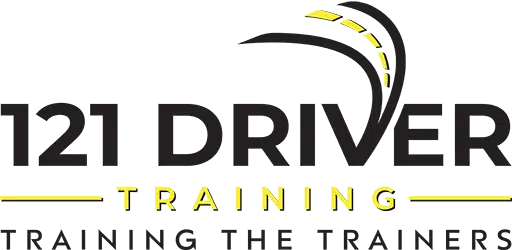Driving instructors play a critical role in training individuals to become responsible and safe drivers on the road. Their job involves imparting the necessary knowledge, skills, and attitudes to navigate various traffic situations and conditions. A driving instructor’s primary objective is to ensure their students learn how to safely, confidently, and competently operate a vehicle.
This article will explore the main tasks of driving instructors and how they achieve them. We will delve into the critical responsibilities that driving instructors have.
1. Provide Safe Driving Skills
Driving instructors play a critical role in teaching the safe driving skills necessary for people to become responsible drivers. They are knowledgeable and experienced in vehicle safety, driver behaviour, and traffic laws. Driving instructors can accurately assess students’ abilities and weaknesses and tailor instruction accordingly.
Moreover, instructors ensure that students are well-versed in the theoretical and practical aspects of driving. Before getting behind the wheel, students should learn about vehicle systems and components, regulations, common road hazards, essential safety measures like seatbelt use, and proper defensive driving techniques.
Practical instruction should also include knowledge of properly operating the vehicle controls – brakes, steering, and shifting gears – as well as developing effective visual scanning habits, understanding basic traffic patterns, and interpreting road signs.
2. Evaluate Student Driving Skills
The driving instructor is responsible for assessing the student’s performance while learning to drive. Evaluation includes evaluating their understanding of basic rules and regulations of the road, and their ability to handle the car in various conditions.
The instructor also inquires about the student’s driving history to determine whether they have had any prior accidents or violations. This can help identify any potential weaknesses that need to be addressed before the student takes the wheel.
In addition, the driving instructor provides feedback and constructive criticism during the evaluation process to encourage improvement. The instructor should be patient and understanding while providing support and guidance throughout their instruction time with the student.
3. Monitor Student Progress
With their expertise and knowledge, the instructor keeps track of each learner’s skills and abilities to determine whether they are ready for the next step in learning. Monitoring student progress involves assessing the learner’s competency in essential driving skills such as hazard perception, gear shifting, maneuvers, speed control, and safe following distance.
Instructors stay up-to-date with the latest road rules, traffic conditions, and legislation to provide accurate instruction tailored to the individual learner. They should also ensure that the student’s logbook is updated regularly and that reviews are conducted regularly.
By doing this, learners will be able to see their level of proficiency and receive appropriate guidance from their instructor. This is especially important for those who recently passed their test and must practice more confidently before going on the open roads.
Conclusion
Driving instructors are essential in ensuring learners are confident, competent, and safe drivers. Their job involves imparting the necessary skills, knowledge, and attitudes to navigate various traffic situations. Through their guidance and evaluation techniques, driving instructors are instrumental in ensuring individuals become well-rounded drivers.
If you want to know how to become a driving instructor in Melbourne to learn its main tasks, 121 Driver Training is here for you! Our well-structured courses ensure you get the most from your training and become an effective and well-rounded driving instructor. Get in touch with us now!




